Israel
Never would have thought I'd be recounting a trip to Israel; however, the opportunity arose and I dove in. Having returned from a ten-day tour (read two days going and two days coming, so six days in-country), I was met with the señor sporting a just-developed case of covid, and the continuing saga of the Louisiana estate genealogy job that continues to haunt me with its longevity.
Well, he still has covid and I'm not quite (or ever?) done with the job, but tales of the journey are swirling in the background of everything, so I am making an attempt to exorcise the distraction by writing something/anything about my experiences in Israel.
The trip was with a group of 29 folks, some of whom I knew previously, and all of whom I am much better acquainted with now. Most overwhelming to me was the pace of the explorations - far beyond anything that suits me. It was a matter of rushing madly from one site to another, leaving me very frustrated and unable to absorb what was before me, and worse - unable to delve in deeper, but that perhaps is the nature of a general tour such as this.
Photos were snatched haphazardly as we were herded hither and yon, so they are disappointingly inadequate to tell the tale, and my perceptions little better; however, I will offer some with or without commentary. I was disappointed that I had brought along my old camera in my concern that I would not want anything to happen to the better one. At least it reminded me of the several reasons why I had replaced it; ah well, just not one of my better decisions.
After flying in to Ben Gurion International Airport in Tel Aviv, we were greeted by this impressive sight as we boarded our bus-for-the-week before our first experience with voluminous and chaotic traffic which continued throughout.
I can't imagine how much worse it would be if not for the double-decker commuter trains and municipal buses. Our first stay was in Netanya on the Mediterranean coast, but I think I will make no attempt to place any of this in chronological order, or any order at all, for that matter, nor will I try to cover everything, but perhaps simply convey some of my impressions, and allow the photos to tell the tale. Certainly, every visitor to that fascinating and tumultuous region comes away with their own personal sense of what they encountered, based on individual interests.
Tel Megiddo, the Sea of Galilee . . .
Our itinerary was altered due to the Israeli military closing off an area, a stark reminder of the constant unrest in the Middle East, a way of life that we can only imagine. We encountered reminders of it throughout the trip, never in a harsh sense, but there were heavily armed soldiers patrolling, in addition to the divisions of areas by various religious, cultural and ethnicity backgrounds, plus whatever other constructs humanity conjures to create discord.
Our alternate site was Tel Megiddo, a place of incredible antiquity and importance. Because I am making zero effort to pass on what I may or may not have learned, I offer this link to the Israel National Park site about the Tel: https://en.parks.org.il/reserve-park/tel-megiddo-armageddon-national-park/, and I highly encourage further reading - fascinating!
As with everything else, I would have loved to spend extensive time there. Excavations are purported to have uncovered 30 cities built one atop the last at the site, dating back to the 15th century BCE - unimaginable! It is said to be the Biblically-foretold site of Armageddon
Those of us who were able trundled down steep steps . . .
. . . and through the ancient aqueduct, a construct of such immense proportions and ingenuity that I am inserting here what is written about it:
"The water system: The jewel in the crown at Megiddo is the vast water system, apparently from the days of King Ahab (9th century BCE). The system was intended to bring water into the city without having to go outside the walls. The inhabitants of Megiddo dug a huge shaft, 25 m deep, from which they quarried out a horizontal tunnel that extends 70 m to a spring in a cave outside the city walls. Not far from the shaft of the water system is the “gallery” – the name given to a narrow, hidden passage leading from inside the walls to the spring at the foot of the city. The passage is covered, so as to conceal those passing along it. The gallery shortened the way to the spring. Before it was built, the residents had to go out of the city gate on the other side of Megiddo."
Low lighting caused my photos underground to be blurred, but I'm including some here anyway to give a sense of what was a gargantuan undertaking. That entire thing was carved out of solid rock!
I have to say the ascent and descent were extreme enough to give me sore leg muscles for several days.
The vast valleys below and surrounding Tel Megiddo support lush crops made possible by irrigation in the arid climate. Not surprisingly, there were plenty of olive & date groves, bananas and others that I could not discern.
Take a look at that mass of aloe!
Familiar names . . .
It was a bit surreal to find myself gazing out at places that had previously been only names in the news, such as the Golan Heights across the waters of the Sea of Galilee . . .
. . . upon which we had a short sail . . .
Me & my roomie, Laura, on the boat.
Religion reigns . . .
It seemed as if there was a limitless number of churches, synagogues, mosques, chapels, temples, basilicas and such like, which is totally understandable: that ground is considered the most sacred and holy for much of the world's population.
For whatever reason, I felt compelled to photograph not only each one, but the many and various aspects inside and out.
Like the Church of Annunciation . . .
. . . many were constructed at the site of an event deemed to be of importance by that particular religion. What I had imagined would be found at the site of Jesus' birth, crucifixion, and so on bore no resemblance whatsoever to what was actually there. Whatever my unimaginative vision had conjured was laid waste by how those sites have been commemorated.
The churches and their ilk run the gamut from austere (few) to ostentatious (many) or even gaudy (in my humble opinion) in their ornamentation, and of course, the locations of the events are long lost to the ages, thus King David's tomb is not really King David's tomb, nor is the site of Jesus' burial the site of Jesus' burial, depending on who you ask. Somehow, I was surprised by that, but now it seems obvious that there would not be a definitive "X marks the spot".
One common thread that seems to run through not only the churches but public places, too, are mosaics. I was in awe of their intricate designs, the painstaking process of creating them as pictures, walls, ceilings and floors, always from tiny tiles. The artistry is phenomenal!
Time after time, we climbed down steep steps of limestone irregularly smoothed by millions of feet through eons. Because the civilizations were built over previous habitations, access is nearly always by way of stairways. Over and over, we found ourselves being herded through narrow passageways as we clung to railings when they were available and walls & each other when they were not. Entries into tombs and other sites sometimes required stooping, nearly crawling, while cathedrals' ceilings soared far overhead.
Capernaum, Magdala . . .
Unlike many of the historic sites we visited, Capernaum has been excavated and the walls remain intact, allowing a visual sense of the ancient village where Jesus resided. Most places of significance have been obscured with the construction of a religious structure. In Capernaum, though, the church is less of an obstruction and more of an adjunct. Built of glass, even the floor, it allows a view of the stone walls beneath and beyond, and out to the ruins of a synagogue.
Several of Jesus' followers resided there, including Saint Peter, whose family was involved in an early instance of Jesus' healings, according to Biblical stories.
This is a part of our group resting in the shade of a palm while listening to the guide.
At Magdala, I was amazed at the rug-like mosaic floor designs. . .
. . . rock-lined aqueducts . . .
. . . and ritual baths.
A casual olive harvest was in process.
Dead Sea scrolls . . .
We visited an excavation site in the area of the Qumran Caves, where the Dead Sea scrolls were discovered. I have a great curiosity about how many other important antiquities are buried beneath those sands, probably never to see the light of day again.
This photo shows burial sites in the foreground, plastic-covered banana groves and the Dead Sea with hills beyond in the misty background.
We bob . . .
What a delightful excursion we enjoyed to the Dead Sea. How that would transpire seemed a great unknown; however, we were prepared with swim suits at the ready. I was somehow a bit surprised that we didn't have the place to ourselves (there's that imagining again), but found the slimy dark-mudded shore heavily populated with people, chairs, tables and umbrellas. Tourism is a major aspect of Israel's economy, after all.
Because I was far too invested in keeping Laura and myself upright during our approach to the water, I have no photos of my own to offer. We were instructed to enter the water backwards or some such, but I felt fortunate to even arrive upright in one piece - that mud is slicker than snail slime!
Don't get the water in your eyes, we were admonished, lest the salt sting them, a feat easier said than done. When we stepped off the treacherous slimy wooden steps after navigating the treacherous slimey wooden ramp, we were met with a watery hidden dropoff bordered by a rock ledge; it was there that I rather more abruptly than intended entered the Dead Sea and skinned my knee on the rocks. Now I am sporting a Dead Sea skinned scab, which oddly and embarrassingly is a source of some pride.
After that awkward egress, all was well. It was the oddest other-worldly sensation to find that no effort was required in the slightest to stay afloat. I gripped behind my knees and just bobbed around, laughing at the experience. How relaxing it was to experience the impossibility of sinking! Laura tells me there are 5-star hotels with sandy beaches at the Dead Sea - sounds far better that the slime walk we had.
Bedouins . . .
As our tour passed through those barren hills, we saw small camps of Bedouins - ramshackle dwellings and tents with herds of goats and sheep corralled and/or strewn in lines along the rises as they were taken from place to place.
I would have liked very much to have learned more about their semi-nomadic lifestyle, and even to have visited the camps. We were told that government housing in the form of rock structures had at one time been given to them, with the result that the Bedouins continued living as they had for centuries, and the shelters were used for the animals. Another example of one bunch deciding what is good for another bunch, seemingly a chronic human condition.
The best I could do photographically was to snap occasional pictures whenever an encampment came into view from the bus, and wonder what those animals could possibly find to live on.
We later had a conversation with a vendor in the market who was offering for sale beautiful scarves that he said were hand-embroidered by his Bedouin family. While luxurious, the price of $200 was not in my budget.
Jordan River baptisms . . .
The tradition of being baptized in the Jordan River is alive and well, and is indeed a thriving business. I was enchanted with the serenity of the shaded watery-green channel as it flowed quietly under overhanging tree branches. As always when I am around water, I wanted much more time there.
Other groups were going about their rituals . . .
. . . while ours was led musically be Rev. Blair Tabor with his guitar.
Some of those who chose to be baptized in that traditional spot opted for a sprinkle cleansing, while others decided on full immersion.
For me, it was a spiritually lifting experience to be in the energy of so many who had come there before. I love the idea of following traditions that have been handed down through the ages.
A few ducks passed by on their way downstream, but I have been unable to find an identification of them. This one appears to be a Muscovy duck, which is native to the Americas; however, it does seem to have made its way to Europe, so maybe that's a correct identification, or a reader might set me straight.
Bethany . . .
. . . a Palestinian town in the West Bank. This warning sign we saw more than once made me feel very uneasy, an understandable reaction to something that says it is "dangerous to your lives".
I did not understand the various divisions of governance throughout the Middle East, and now that I have been there, I perhaps understand it even less. In fact, I wonder if anyone can really fathom how the divisiveness and restrictions affect daily life, indeed whole mindsets, unless one has lived it and been affected by generational influence.
As our bus traveled uphill into Bethany, our progress ground to a halt in a most bizarre way. Because of heavy traffic on the downhill side, it seems that many motorists decided to skip that slowing and to go down the up staircase, so to speak.
We were faced with a road filled by oncoming traffic which of course could not proceed, either, so there we were an an impasse. Because no one could go anywhere, people commenced to get out of their cars and wander around gesticulating at any and all and presumably speaking in loud voices because everyone knows that hollering is always helpful. Eventually, some reentered their vehicles as one would inch forward and another would scooch around until at last, everyone managed to forge ahead until they once again came to a halt at head-on traffic.
It appeared that this was a commonplace occurrence on the daily commute. Later, as we were leaving on the downhill side, cars were still using the wrong side of the street to bypass slower traffic. There seemed to be no traffic control of any kind - only daily chaos. . .
. . . and trash.
I was shocked at the trash strewn through all areas we traversed. Even where dumpsters were present, they were overflowing and garbage was piled up.
Lazurus' tomb . . .
Many a pilgrimage is made to the site of Lazarus' tomb, he who was purportedly raised from the dead by Jesus.
Not to miss a commercial opportunity, Lazarus Tomb spices & herbs are available for sale.
I had a laugh at the juxtaposition of this tour bus and camel.
Hot water, camels . . .
All rooftops have tanks for heating water with solar energy. We were told that power outages occur fairly often and there are water shortages. Desalinization plants are helping with the latter. I continue to be grateful for where I live.
It appears that most residences are in the second story over shops or in high rises.
There are some individual houses, but they are the exception rather than the rule. The ones I noticed were walled and gated like this.
We saw camels at various places, noting that they all had been provided with a mat on which to lie.
One in particular seemed to be in serious need of an orthodontist.
A stop near Jericho afforded us the opportunity to ride a camel in much the same way that some went on pony rides as children. Pay your dollar, mount the poor beast, hang on for dear life as first his hind end rises and then his front end, be led in a circle, and hang on once again as he first kneels and then lowers himself to the ground, only to repeat the cycle for the next dollar payer. I felt so sorry for the animal that I almost didn't ride, and now that I did, I regret my part in adding to his misery.
At ancient Jericho . . .
. . . we walked high above partially excavated ruins dated from 9000 BCE! It's claimed to be the oldest city in the world - imagine!
Jericho's site in the Jordan Valley has abundant water springs in the area. Although we had stopped near one, we didn't explore in that vicinity, much to my disappointment. I am always inclined to check out the sources of water, and was headed in that direction when we were told to climb back into the bus.
Caesarea . . .
Now an archaelogical national park, Caesarea's history is one of conquest after conquest since its founding by Herod in about 25 BCE. In our somewhat insular existence in this country, it is inconceivable to think of such a checkered history.
During our short time there, I wandered off to see what I could see of the headless Roman statuary, the hipppodrome, the amphitheater and the waterfront. I was especially lured in by the arched tunnels under the stadium as I did exactly what we were cautioned never to do - wander away from the group.
Someone left their sarcophagus behind . . .
In "conversation" with a fisherman with whom I did not share a language, I learned that the fishing was not very good that morning, but he was happy to show me the one fish he had caught.
The remains of an aqueduct were especially impressive.
Only a few families and individuals were enjoying the clement morning at the beach.
Jerusalem . . .
The walls of the old city were built in the early 16th century by the Turkish Sultan, Suleiman the Magnificent, with eight gates through which all entry is made. Our group's explorations were both within and without those imposing structures.
The limestone hills are pocked with caves and grottoes, natural and man-made, that have provided shelter for mankind and animals both for many millennia.
A hodge-podge of sights . . .
I spotted this little flock of chickens living on a rooftop.
This was worth a double-take, or two.
After perusing what I think we were told (it's really all running together) is the only extant Crusader's church, I found the nearby extensive several-stories-high ruins of a Crusader's church even more intriguing as I wandered down into and through its depths and passageways. I could have spent substantially more time there.
The Mount of Olives . . .
. . . an important site where Jesus is said to have preached and taught, and where the ascension took place. In addition, it contains a five-century-old necropolis with as many as 150,000 tombs. It offers a fine vantage point of the city. Burials are always outside the city walls.
Tomb of King David (but not really). . .
I still haven't wrapped my mind around why we're calling places something that we know they're not, but am not going to lose any sleep over it.
Church of the Holy Sepulcher . . .
. . . the place of Jesus' crucifixion and his burial & resurrection (that is, unless you believe those occurred elsewhere).
Blair demonstrating how prisoners were kept in the dungeon (ropes are knotted at hand and foot), and where Jesus may have been imprisoned during the night before his crucifixion.
Garden tomb . . .
. . . the other place where Jesus was buried (there we we told all the reasons why this is the right place as opposed to the other place) . . .
. . . and a sea of tour buses disgorging pilgrims by the thousands.
The city from that high vantage point.
Temple Mount . . .
. . . requiring a security check for access. Because we were in proximity to mosques there, we were instructed to dress modestly, not carry Bibles nor wear any "Christian" jewelry or to look as if we were praying(?).
Western wall . . .
Tiny scraps of paper carrying prayers are inserted into cracks in the wall.
Among the many things I did not understand during the trip were these books lined on shelves at the plaza by the wall. Perhaps they are some kind of prayer books?
It's interesting to note the various stages of the wall's construction as it rises.
A perpendicular divider separates the men's section from the women's section. I could see the men's section, but heaven knows what would happen if I went on that side (I chose not to find out).
The old city . . .
. . . is a fascinating rabbit warren of narrow streets, alleyways and alcoves, a place that begs to be explored. It was quite the dilemma to constantly watch one's footing on the treacherous stones and steps while one's head is on a swivel in an effort not to miss anything.
Some of our group availed themselves of the offered cart ride for some of the distance.
It appears that most of the residences are in upstairs abodes. They often have window boxes of plants on tiny balconies, and utilize the railings as clotheslines.
Typically, the steps have a ramp along the side or in the middle to accommodate small vehicles that bring in supplies. One must pay close attention to the little beep-beep warnings and get out of the way, not an easy feat in such close quarters. I discovered that attempting to photograph one of the many felines in the old city and ignoring all warnings of an approaching motorbike is a very bad thing indeed; he chose not to run me down, but boy howdy - he was not happy about it.
I wonder why these ossuaries have been left strewn underground? They are depositories for the bones of the departed who have been in a tomb for a year, after which the bones are broken and kept in these stone boxes. I expect there are hundreds, if not more, of these kinds of unused underground rooms.
The old city market . . .
. . . is a marvel of colors, textures and smells. I couldn't get enough of it, although my body at some point betrayed my curiosity for more.
Fresh-squeezed pomegranate juice was a common offering. And by the way, we have the señor's grandfather's juicer that is a dead ringer for these.
Metal doors cover arched stalls that are not in use or not open for the day.
This is the Damascus Gate.
This gentleman was quite the cheerful photo subject; another was equally grumpy as he shouted "No photos!"
Cigarette smoking is very common there, even for soldiers on duty.
I suspect there is very little that can't be purchased in that market. We saw everything from Jerusalem Santa . . .
. . . to hookah bars (the dark mixture in those pipes looked pretty dang unsavory to me) . . .
. . . to barber shops.
This gentleman was relaxing with a hookah pipe at an outdoor alcove lounge. I was unfamiliar with this practice, and thought perhaps he was smoking hashish. I thought it untoward to inquire.
Losing weight. . .
As I suspected the cuisine might not be to my liking, I came prepared with snacks. I did okay with the variety at the hotels' buffets (this one was a cheese lovers delight); however . . .
. . . the lack of sanitation at lunch stops deterred me from partaking . . .
. . . and I was especially adamant not to eat anything that was looking back at me. The number of people who suffered from gastrointestinal issues made me happy that I had held back.
Our group was a wonderful mix of folks from several places in Arizona and California. I very much enjoyed getting to know some new folks and renewing acquaintances with others. Although the pace of our tour was somewhere between rushed and crazed, we mostly made time for sharing, caring and laughter at happy hours before dinner.
The cats were fun to see and photograph, but not enough so to be run down by motorbikes . . .
. . . and despite not having binoculars or a bird guide along, I managed to get three life birds - a gray heron -
a common myna aka Indian myna . . .
. . . and a hooded crow.

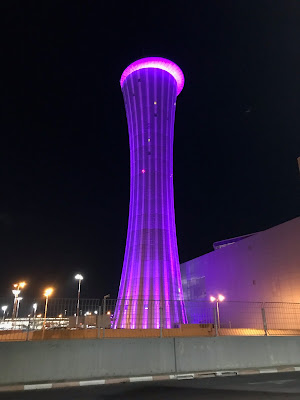


















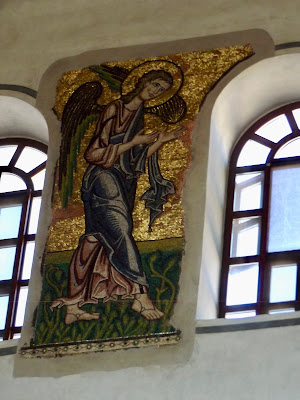






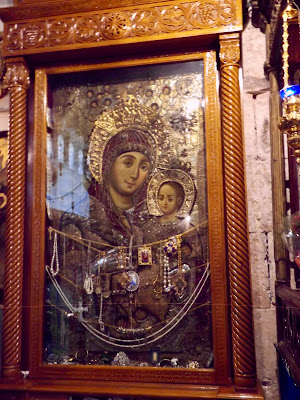

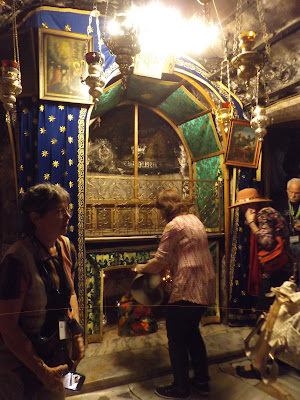


























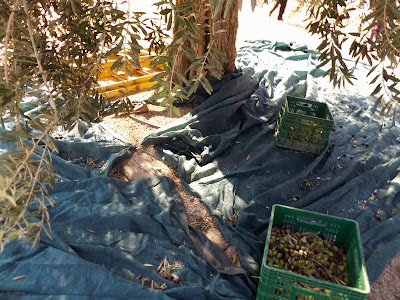






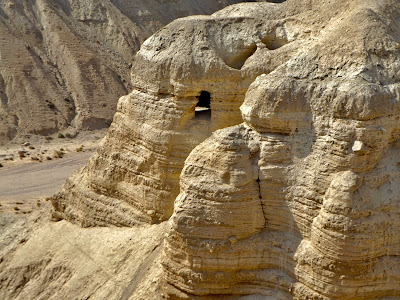









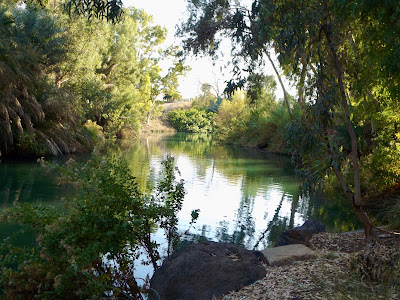











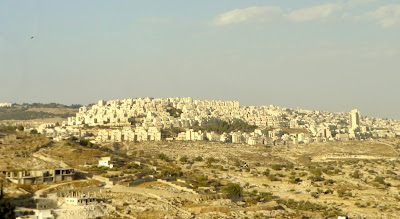





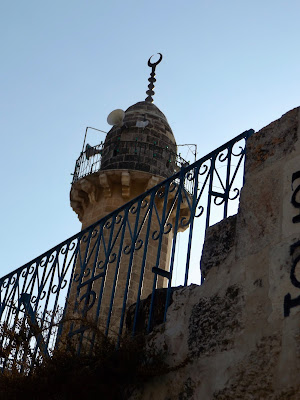








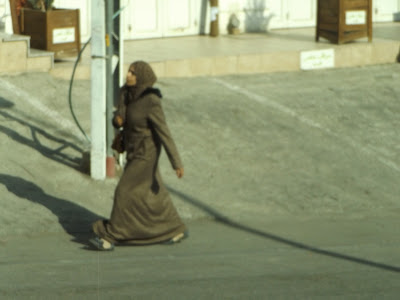











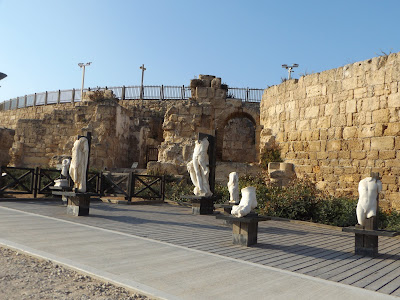







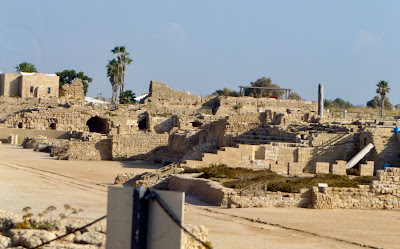


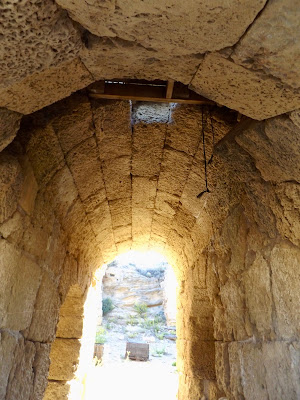













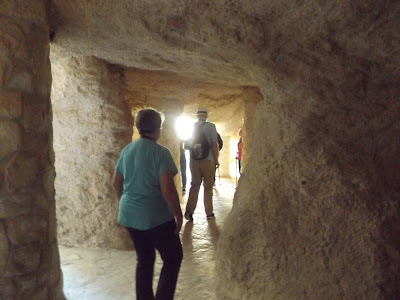























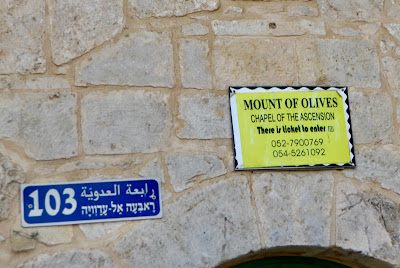


















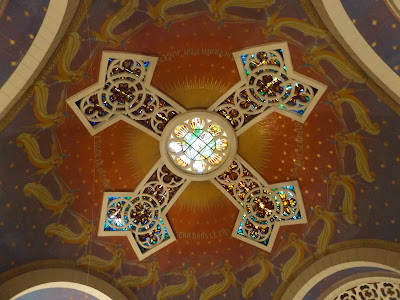








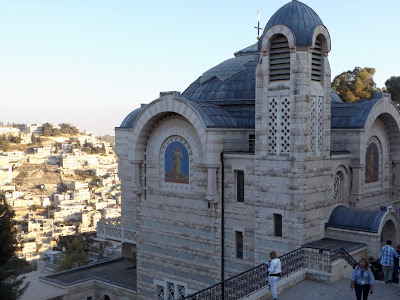

















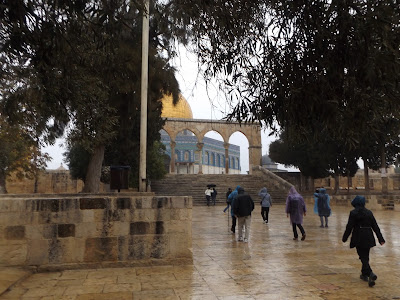







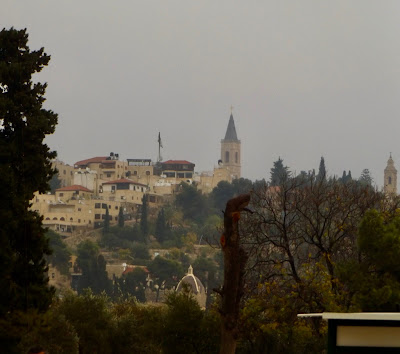




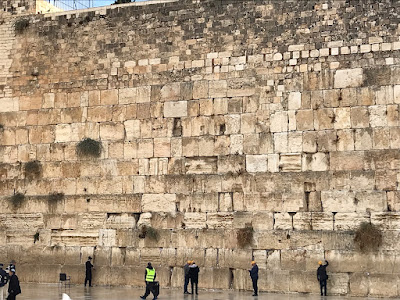

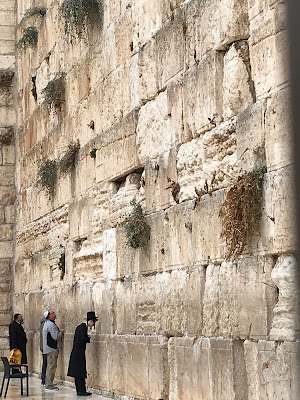
























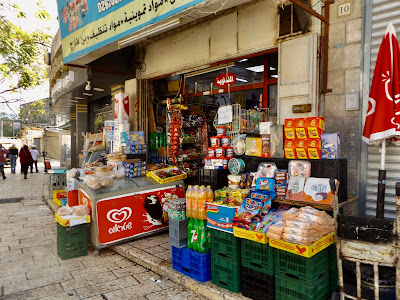












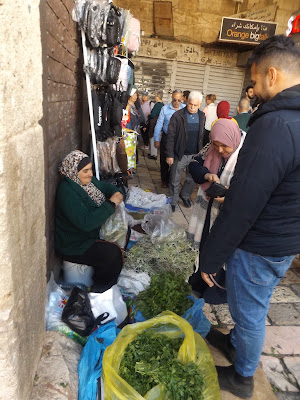






















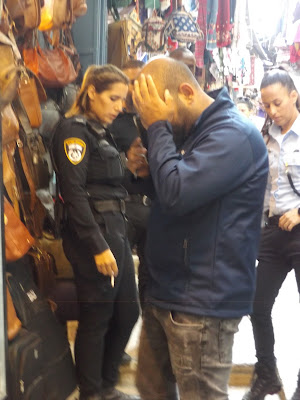
























No comments:
Post a Comment